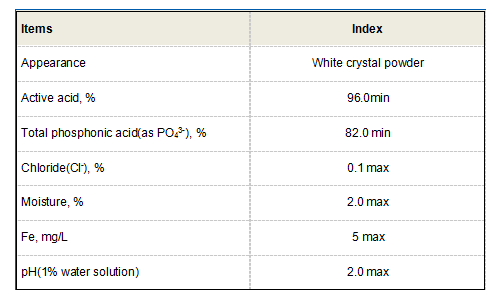Polyaspartic Acid
Exploring Polyaspartic Acid A Versatile Biopolymer
Polyaspartic acid, a biodegradable polymer derived from aspartic acid, has garnered significant attention in recent years due to its versatile applications across various fields, including medicine, agriculture, and materials science. As an aliphatic polyamide, polyaspartic acid is characterized by its unique properties that make it a valuable material in both academic research and industrial production.
One of the most notable features of polyaspartic acid is its biocompatibility. This property allows it to be used in medical applications, particularly in drug delivery systems. The polymer can be engineered to encapsulate therapeutic agents, releasing them in a controlled manner over time. This capability is crucial for improving the efficacy of treatments while minimizing side effects. Moreover, polyaspartic acid's biodegradability makes it an environmentally friendly choice, as it can break down into non-toxic byproducts, alleviating concerns associated with persistent synthetic polymers.
In agriculture, polyaspartic acid has been investigated for its potential as a soil conditioner and nutrient delivery system. Its ability to improve water retention and enhance soil structure contributes to sustainable farming practices. Integrating polyaspartic acid into fertilizers can also facilitate the slow release of nutrients, ensuring that plants receive a consistent supply while reducing the risk of leaching into waterways.
polyaspartic acid

The versatility of polyaspartic acid extends to materials science as well. Researchers have explored its use in the development of coatings and adhesives due to its excellent adhesion properties and resistance to degradation over time. Polyaspartic acid can be formulated to create protective coatings for various surfaces, including metals and plastics, enhancing durability and longevity. This application is particularly relevant in sectors such as construction and automotive, where robust materials are essential for performance and safety.
Furthermore, the polymer industry's interest in polyaspartic acid has spurred innovations in polymer blends and copolymers. By combining polyaspartic acid with other materials, scientists can develop customized properties tailored to specific applications, ranging from improved mechanical strength to enhanced thermal stability. This flexibility makes it an attractive option for various industries seeking high-performance alternatives to traditional materials.
In conclusion, polyaspartic acid represents a promising biopolymer with a broad range of applications. Its biocompatibility, biodegradability, and versatility open new avenues in medicine, agriculture, and materials science. As research continues to uncover its potential, polyaspartic acid is likely to play an increasingly significant role in developing sustainable solutions to contemporary challenges. With ongoing innovations and advancements, the future of polyaspartic acid appears bright, making it a key player in the landscape of modern materials.
-
lk-319-special-scale-and-corrosion-inhibitor-for-steel-plants-advanced-solutions-for-industrial-water-systemsNewsAug.22,2025
-
flocculant-water-treatment-essential-chemical-solutions-for-purification-processesNewsAug.22,2025
-
isothiazolinones-versatile-microbial-control-agents-for-industrial-and-consumer-applicationsNewsAug.22,2025
-
scale-inhibitor-key-solutions-for-water-system-scale-preventionNewsAug.22,2025
-
organophosphonates-versatile-scale-inhibitors-for-industrial-water-systemsNewsAug.22,2025
-
scale-and-corrosion-inhibitor-essential-chemical-solutions-for-water-system-maintenanceNewsAug.22,2025





